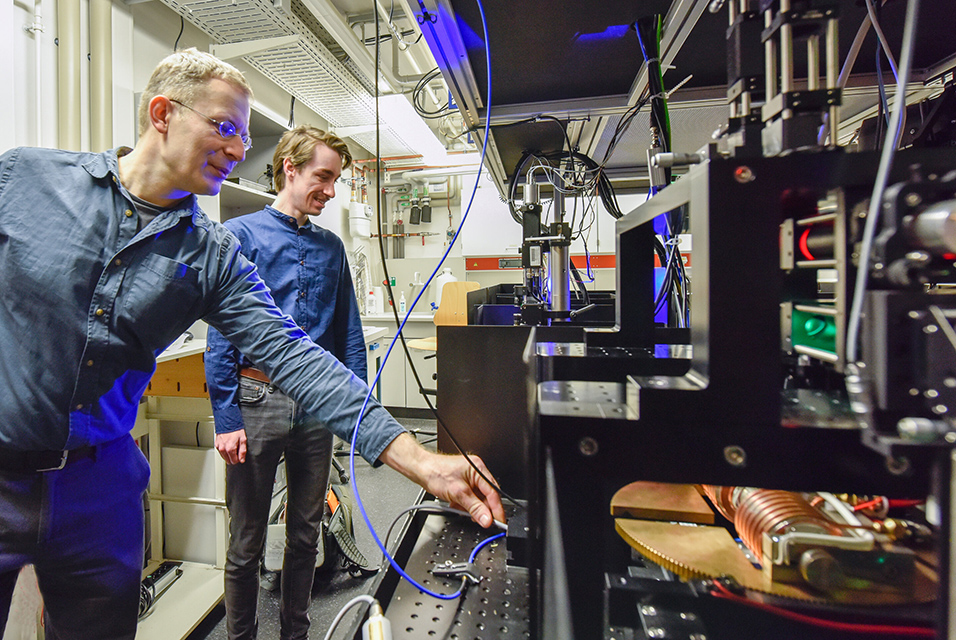HALLE.- A new discovery by physicists at
Martin Luther University Halle-Wittenberg could make certain components in computers and smartphones obsolete. The team has succeeded in directly converting frequencies to higher ranges in a common magnetic material without the need for additional components. Frequency multiplication is a fundamental process in modern electronics. The team reports on its research in the latest issue of Science.
Digital technologies and devices are already responsible for about ten percent of global electricity consumption, and the trend is rising sharply. "It is therefore necessary to develop more efficient components for information processing," says Professor Georg Woltersdorf, a physicist from MLU.
Non-linear electronic circuits are typically used to generate the high-frequency gigahertz signals needed to operate today's devices. The team at MLU has now found a way to do this within a magnetic material without the electronic components that are usually used for this. Instead, the magnetization is excited by a low-frequency megahertz source. Using the newly discovered effect, the source generates several frequency components, each of which is a multiple of the excitation frequency. These cover a range of six octaves and reach up to several gigahertz. "This is like hitting the lowest note on a piano while also hearing the corresponding harmonic tones of the higher octaves," explains Woltersdorf.
The surprising effect of frequency multiplication is explained by synchronized switching of the dynamic magnetization on a micron scale. "Different areas do not switch at the same time. Instead, they are triggered by adjacent areas just like in a falling row of dominoes," explains first author Chris Körner from the Institute of Physics at MLU.
The discovery could also help make digital technologies more energy efficient in the future. It is also important for new applications. Today's microelectronics use electron charges as information carriers. A major disadvantage of this method is that the electric charge transport releases heat and therefore requires a lot of energy. Spin electronics could provide a promising solution. In addition to using the electron's charge, it also uses its magnetic moment, or so-called spin. Its properties open the possibility to significantly improve the energy efficiency. The newly discovered effect could enable space-saving and efficient frequency sources for spin electronics in the gigahertz range.









